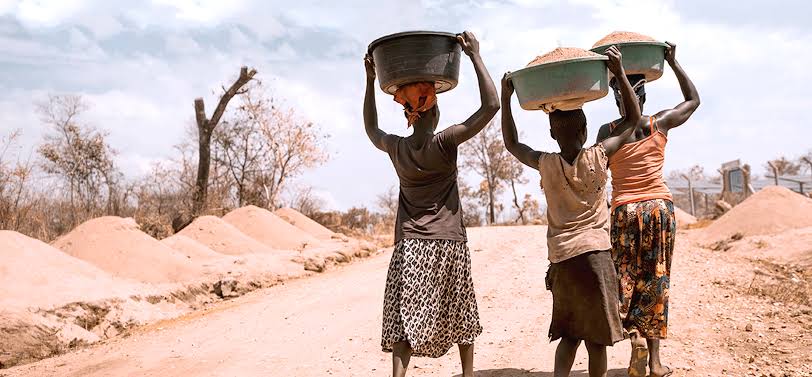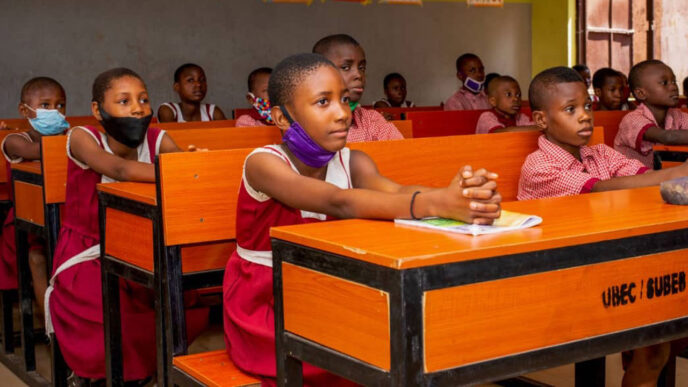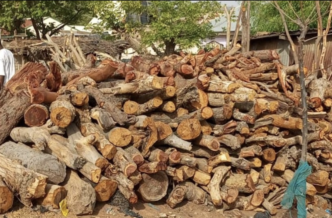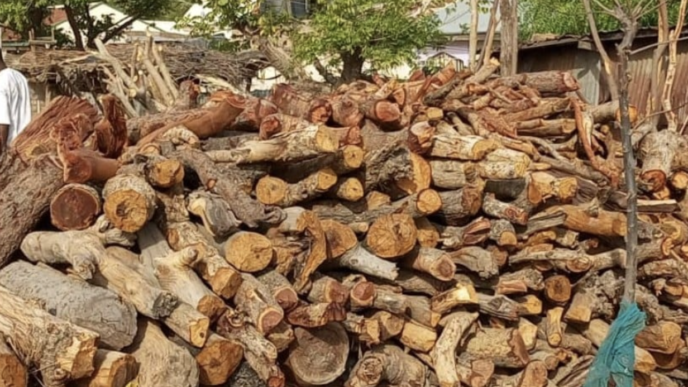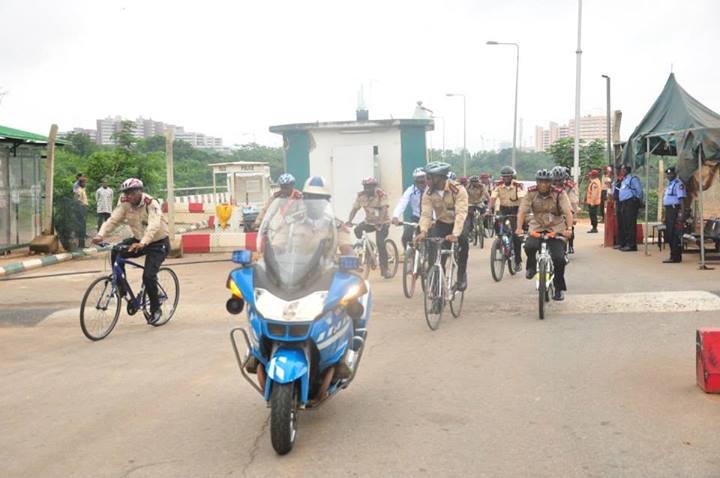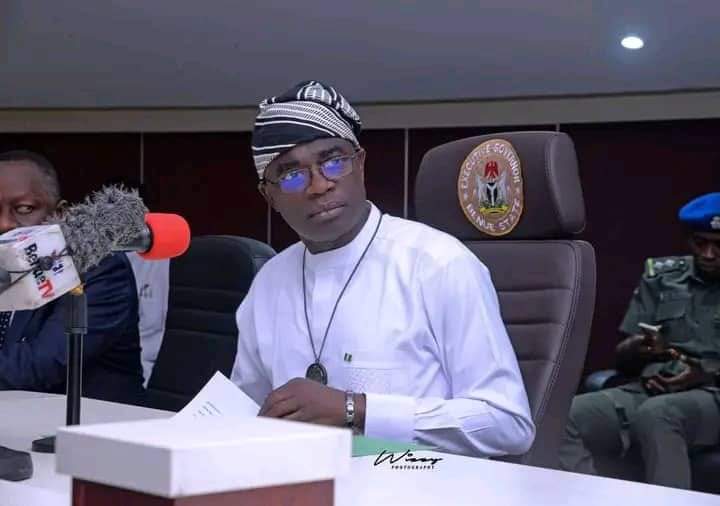BY DAUDA SULAIMON ABIOLA
Climate finance, by design, should help the most vulnerable cope with climate shocks. Yet, despite growing awareness of gender-differentiated climate impacts, only a small fraction of climate finance is designed with gender responsiveness in mind. According to the OECD, just 2.9% of bilateral aid targeting climate change targets gender equality as a principal objective. That gap in design and deployment poses serious challenges to equity, effectiveness, and long-term sustainability.
Gender responsive climate finance represents a necessary shift in global climate policy. It acknowledges that women, particularly in the Global South, face the greatest risks from climate change while playing a central role in fostering community resilience. Integrating gender equity into financial decision-making strengthens our ability to react to climate shocks and the relationship between institutions and the vulnerable communities they serve.
This article explores the structural asymmetries in climate finance, the barriers women face in accessing resources, and what a more inclusive financial system could look like.
Advertisement
Climate Vulnerability is Gendered
Climate change is not an equal-opportunity crisis. Its impacts are deeply gendered, compounding existing inequalities and placing disproportionate burdens on women, especially those in rural and low-income communities. According to UN Women, women and children are up to 14 times more likely than men to die during climate-related disasters. These outcomes arise from structural patterns of social and economic marginalisation, rather than any inherent biological vulnerability. In the wake of floods, droughts, or wildfires, it is often women who walk longer distances to fetch water, care for the sick, or forgo food so their children can eat.
In agriculture-dependent regions, where women’s labour is foundational but often unpaid, climate extremes threaten both their livelihoods and nutritional security. For example, in sub-Saharan Africa, women comprise 60–80% of the agricultural workforce, yet receive less than 10% of available credit. Without secure land tenure, insurance, or access to extension services, they cannot adapt to farming practices or recover from crop loss.
Advertisement
This vulnerability is compounded by economic marginalisation. When disaster relief or green infrastructure funding is distributed, women are often last in line. Even when operating in crisis recovery contexts, financial institutions rarely incorporate gender analysis into disbursement protocols. This perpetuates a cycle where women remain climate victims rather than empowered stakeholders.
Systemic Barriers to Accessing Climate Finance
The barriers that prevent women from accessing climate finance are systemic. First is legal and institutional exclusion. In many regions, discriminatory laws limit women’s ability to own land or open a bank account, both prerequisites for accessing loans or climate-smart agriculture subsidies. The World Bank’s “Women, Business and the Law” database shows that over 75 countries still impose legal restrictions on women’s economic activity.
Second is the structure of global climate finance itself. Major climate finance mechanisms like the Green Climate Fund (GCF) and Global Environment Facility (GEF) have gender policies, but these are unevenly implemented. A 2022 assessment by the Independent Evaluation Unit of the GCF revealed that only 39% of projects had a gender specialist involved in the design stage. This results in proposals that may be technically sound but socially blind.
Advertisement
Third is the absence of gender-disaggregated data. Without it, financing agencies struggle to design, target, and evaluate projects that meet the needs of diverse beneficiaries. For instance, metrics that track household income recovery post-disaster often ignore intra-household distribution, masking the fact that women may benefit less even when the household “recovers.”
Women as Catalysts of Climate Resilience
While vulnerability is often highlighted, women’s agency in building climate resilience is equally critical. From informal savings groups in Kenya funding off-grid solar installations, to Indigenous women in the Amazon mapping deforestation patterns using GPS technology, women are already innovating in adaptation spaces.
In Bangladesh, the Shymoli Women’s Cooperative leveraged climate finance to create flood-resilient housing that also serves as community shelters. The project, funded by UNDP and aligned with the GCF’s Gender Action Plan, has become a model for locally led, gender-sensitive climate adaptation.
Advertisement
Policy representation also matters. A 2020 study published in Nature Climate Change found that countries with more women in parliament are more likely to ratify environmental treaties and adopt stronger climate policies. This reinforces the importance of integrating gender equality not only in finance allocation but also in climate governance structures.
The narrative must shift from viewing women as passive recipients of aid to strategic agents of change whose knowledge systems and leadership can accelerate just transitions.
Advertisement
Building a Gender-Responsive Climate Finance Architecture
To design effective gender-responsive climate finance, policymakers must mainstream gender at every stage of the funding cycle, beginning with proposal design and continuing through to monitoring and evaluation. This begins with inclusive stakeholder consultations. Women must be at the table not just as beneficiaries, but as project designers, evaluators, and policymakers.
Advertisement
Second, capacity building is essential. Women’s cooperatives, youth groups, and Indigenous organisations need financial literacy, proposal-writing skills, and data infrastructure to access funding. Programs like 2X Ignite aim to support female-led enterprises in climate innovation by unlocking blended finance and impact capital.
Finally, climate finance institutions must enforce gender accountability. This includes mandatory gender assessments, allocation targets, and independent gender audits. Canada’s commitment to allocate 80% of its climate finance with gender objectives is one step in that direction, but the model needs replication across donor and recipient nations alike.
Advertisement
A just transition is impossible without gender justice. As climate finance scales to meet the $100 billion annual pledge, gender should be more than a footnote. It must be a design principle.
Abiola, a senior ESG analyst at Skalable, can be contacted via [email protected]
Views expressed by contributors are strictly personal and not of TheCable.
